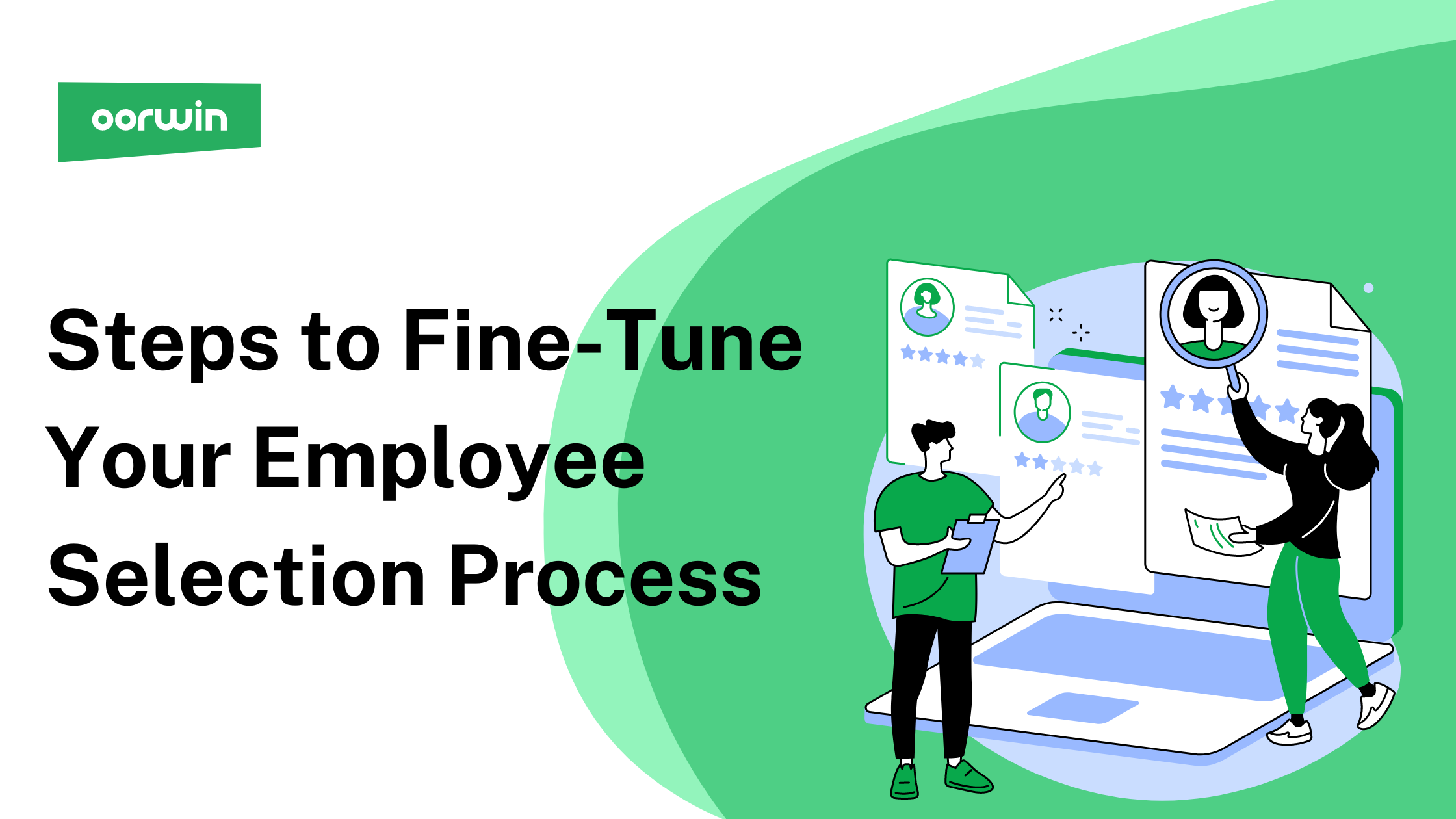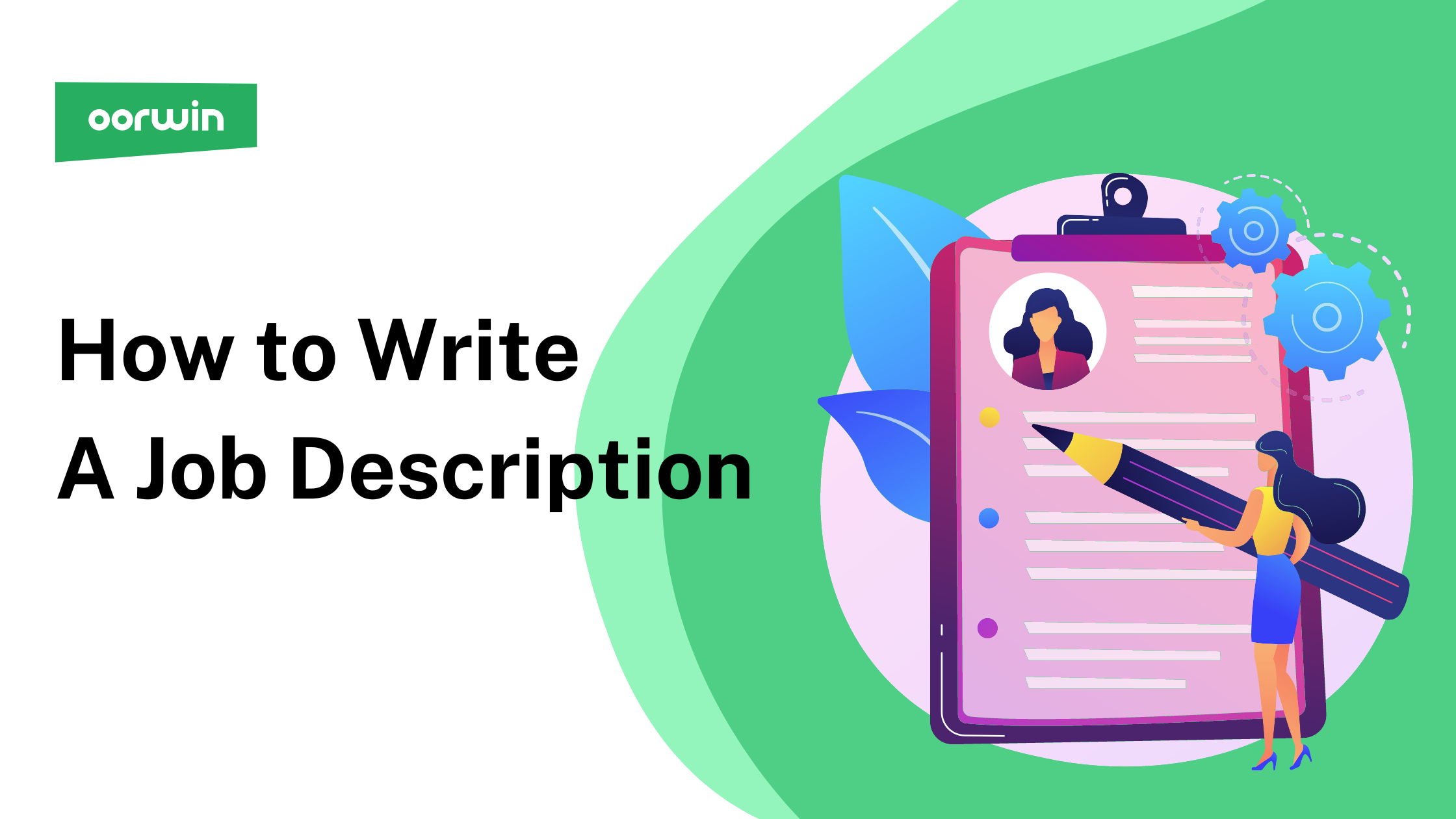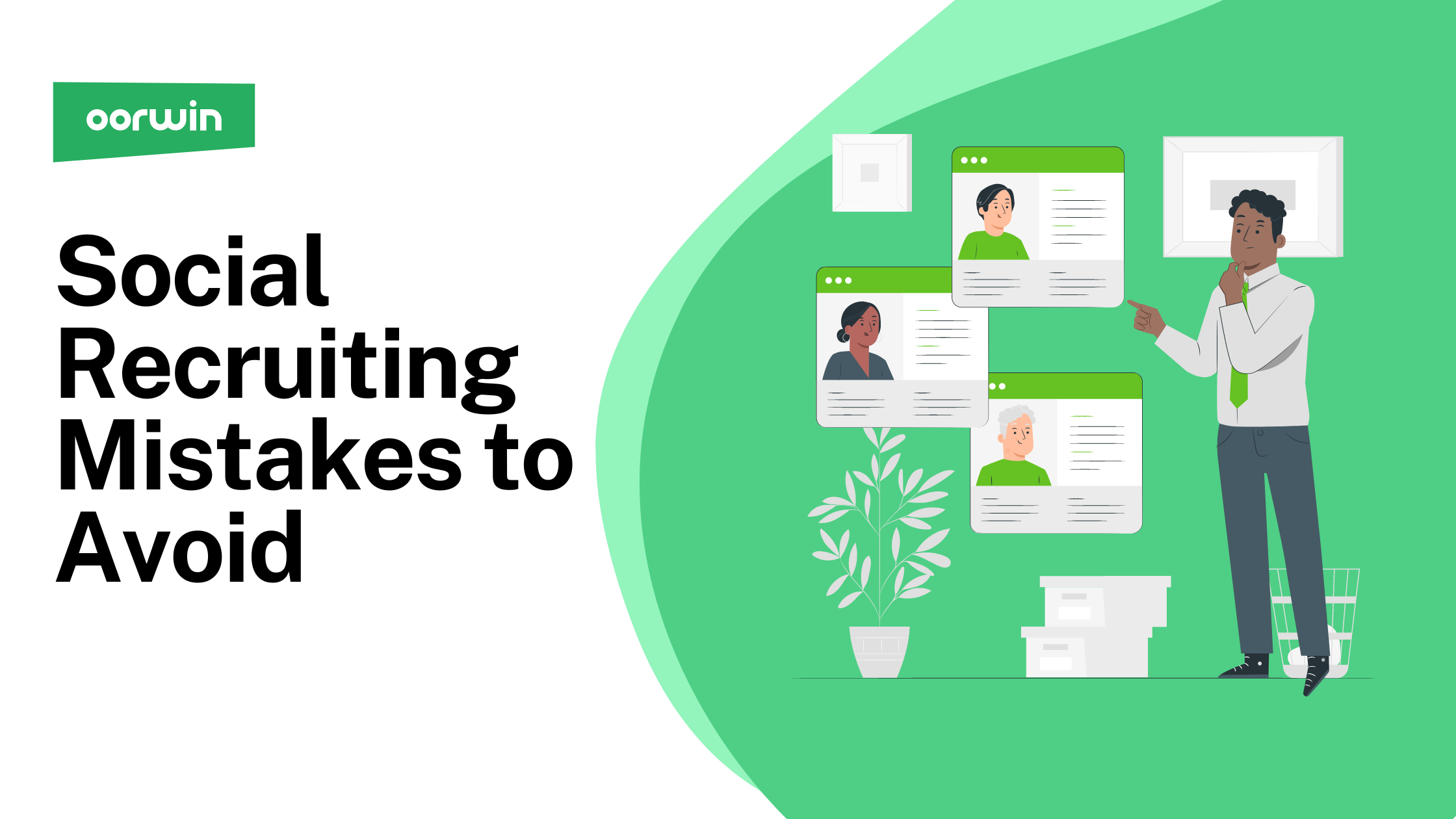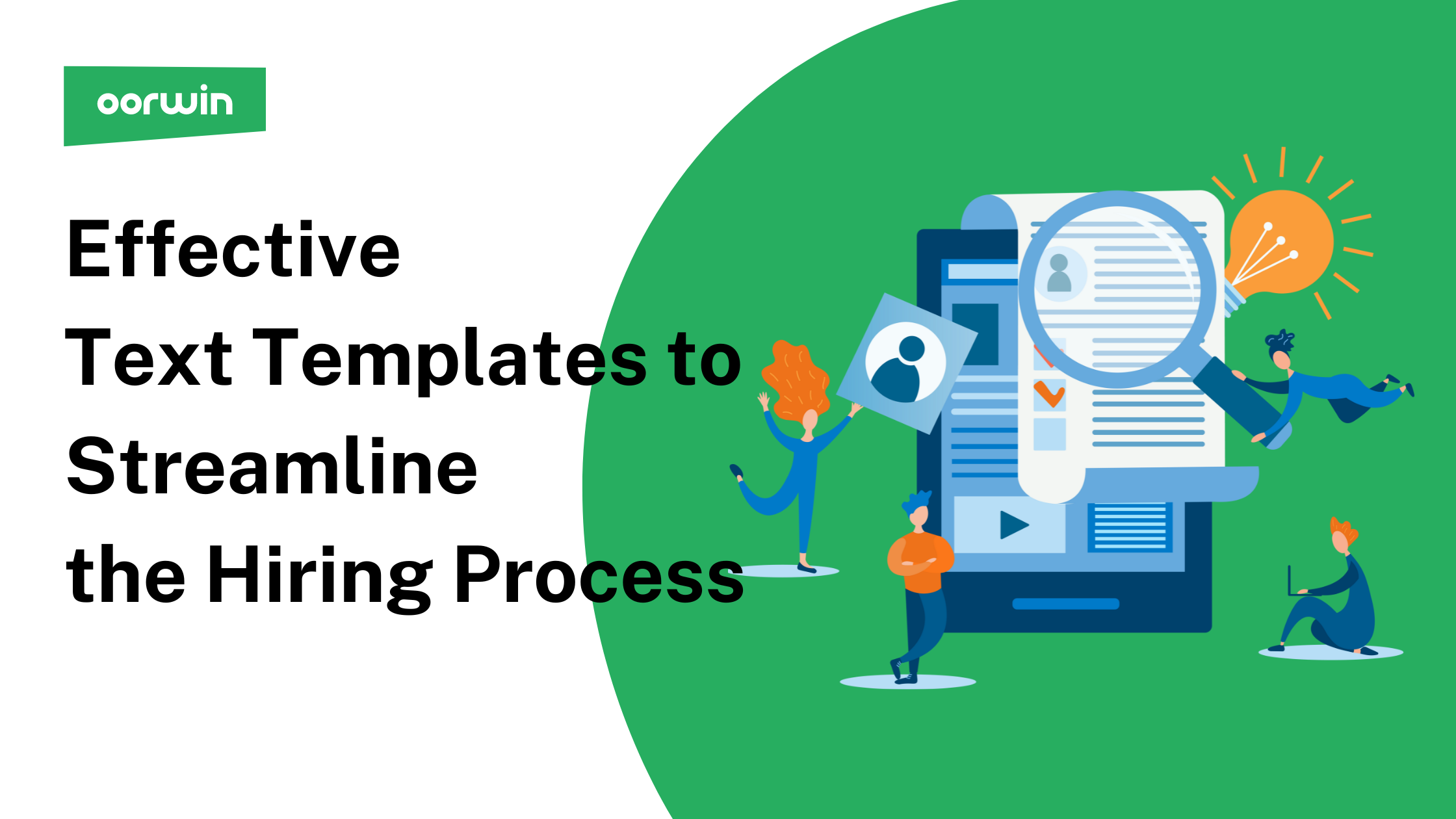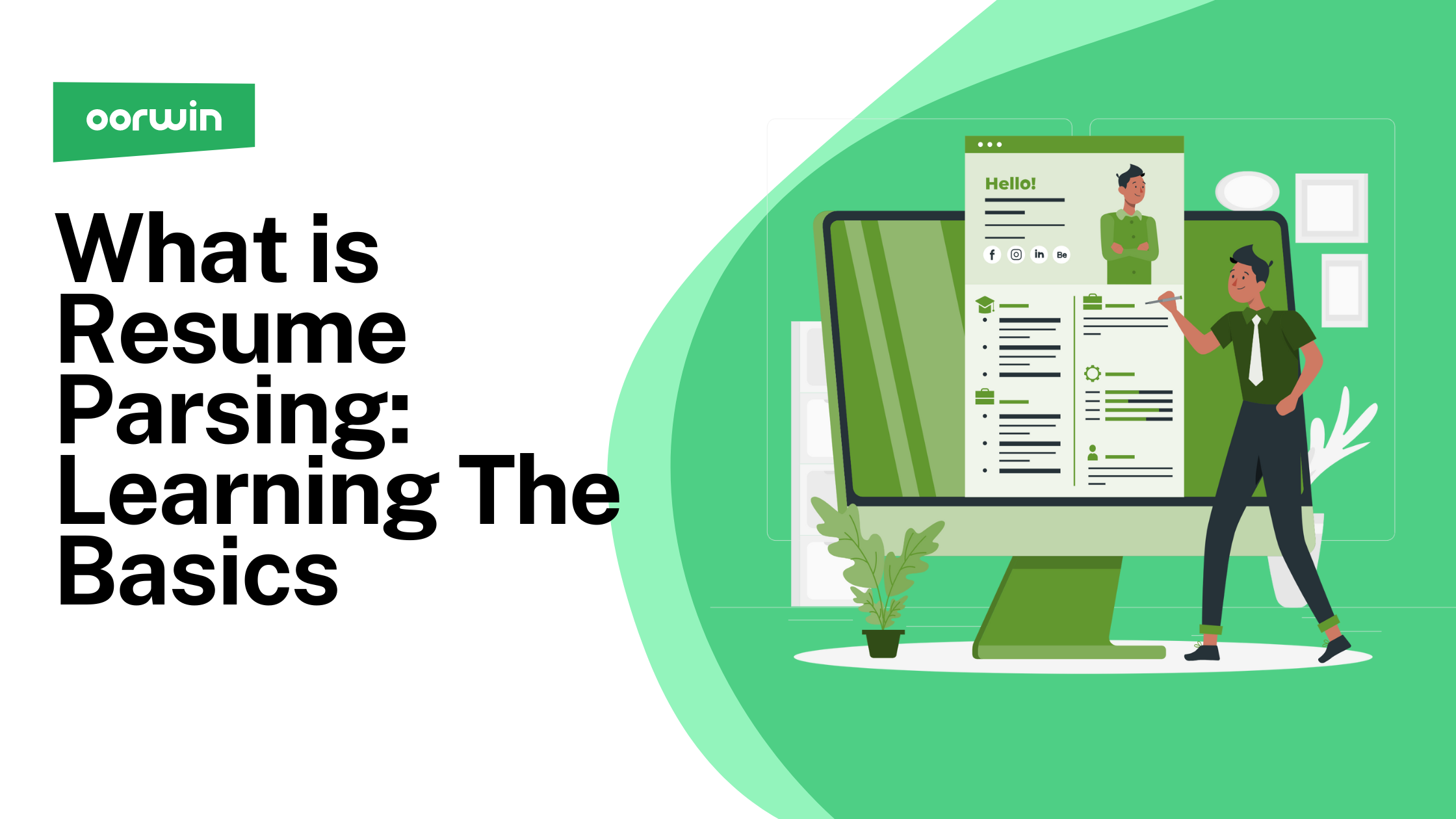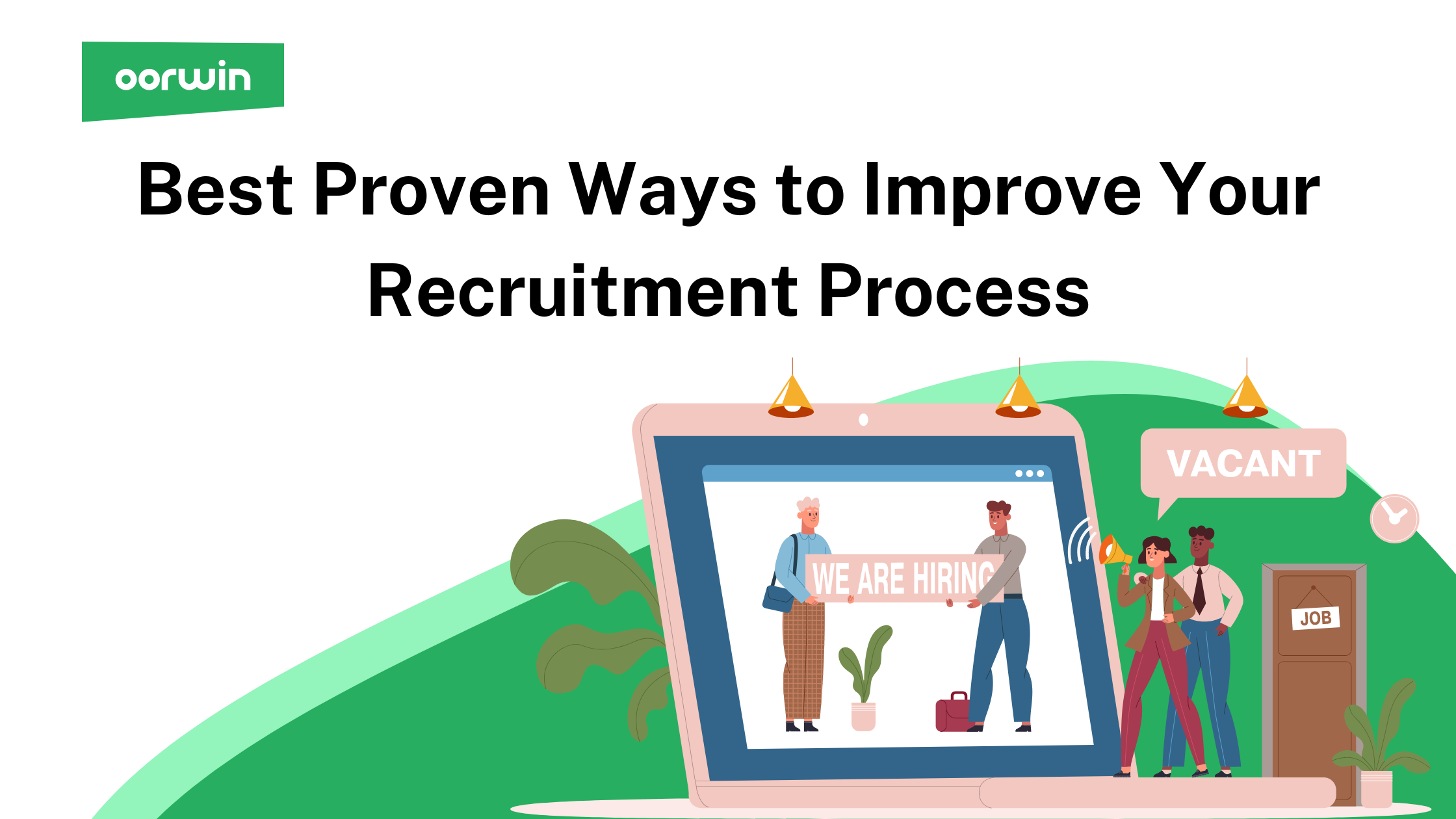Perfecting Your Employee Selection Process: Effective Steps to Take
Building a successful team starts with finding the right employees, and that’s where an effective employee selection process comes into play. The process involves identifying and hiring the most suitable candidates for a job position. By implementing a well-structured selection process, organizations can minimize bias, improve the quality of hires, and ensure a good fit with company culture.
What Is an Employee Selection Process?
When establishing a successful team, one of the pivotal factors is securing the right employees. This is precisely where the employee selection process plays a crucial role. It encompasses a series of steps and activities organizations undertake to identify and recruit the most suitable candidates for a job position. A well-crafted and efficient employee selection process not only aids in finding candidates possessing the requisite skills and qualifications but also ensures compatibility with the company culture. By adhering to AI-Enabled recruitment software, you can also get a structured selection process; you can minimize biases, enhance the quality of hires, and boost the prospects of long-term employee success within your organization.
8 Steps For Improving Your Employee Selection Process
For improving the employee selection process, it’s essential to have a proper strategy that can help in identifying and recruiting the most fitting candidates for a job role. Consider the steps below-:
Application Phase
Creating a seamless and user-friendly process for candidates to apply is crucial during the application phase. This involves crafting a comprehensive job advertisement or description describing the qualifications, skills, and experience required for the role. By providing a transparent and informative application process by using job boards, you can attract a pool of potential candidates who meet the initial criteria. Streamline the application phase to ensure that candidates can submit their applications, facilitating a smooth transition to the next step.
Candidate Resume Screening
Once the applications start flowing in, it’s time for prescreening the candidate resumes. This step involves carefully reviewing each resume to identify candidates with minimum qualifications and the desired skills and experience and looking for indicators of relevant experience, educational background, certifications, and noteworthy achievements. By meticulously screening resumes, you can shortlist the most promising candidates who will proceed to the next stage, ensuring that only qualified individuals move forward. Oorwin offers powerful resume screening capabilities as part of its recruitment and applicant tracking system.
Candidate Phone Screening
After the initial resume screening, the next step is conducting phone screenings with the shortlisted candidates. The phone screening aims to assess their communication skills, further evaluate their qualifications, and determine their fit for the position. Prepare a list of relevant questions to ask, focusing on their experience, abilities, and alignment with company values. The phone screening helps narrow the candidate pool by identifying those with solid potential and suitability for the role, paving the way for the following stages of the employee selection process.
The “VoIP” (Voice over Internet Protocol) feature in Oorwin enables users to make voice calls over the Internet. Oorwin provides smooth integrations with a wide range of VoIP providers, including VoIP Office, Skype, RingCentral, and others.
Assessment Test
The assessment test is a crucial step in the employee selection process that allows organizations to evaluate candidates’ skills, knowledge, and abilities related to the job role. This can involve various tests, such as technical, aptitude, or personality assessments. By administering these tests, employers can gain deeper insights into candidates’ capabilities and suitability for the position. The assessment test helps make more informed decisions and ensures that candidates possess the required competencies to excel in the role. Results from the assessment tests aid in shortlisting candidates for further evaluation and consideration. Oorwin‘s seamless integration with assessment tools like Testlify, HackerEarth, Otomeyt, Adaface, and Codility empowers recruiters to efficiently evaluate candidate skills and abilities.
Face-to-face Interviewing
Face-to-face interviews are a pivotal phase of the employee selection process, providing an opportunity for direct interaction and assessment of candidates. These interviews allow hiring managers to investigate candidates’ qualifications, experience, and cultural fit. Prepare a structured interview format with behavioral, situational, and job-specific questions to evaluate candidates’ skills. Face-to-face interviews enable the evaluation of non-verbal cues and personal rapport, providing valuable insights into candidates’ suitability for the role and potential contributions.
Video interviews have become a popular and efficient method of conducting remote job interviews for having face-to-face interviews with the convenience of interviewing from anywhere. Popular video-interviewing platforms like Zoom, Willo, SparkHire, and Microsoft Teams seamlessly integrate with Oorwin.
Background Checks
Background checks are a critical step in the employee selection process to verify the accuracy of a candidate’s qualifications, employment history, and criminal records. This involves conducting thorough investigations through reference checks, criminal record checks, and verifying educational degrees and certifications. Background checks help ensure the credibility and integrity of potential employees, reducing the risk of hiring individuals with false information or history that may threaten the organization. By performing comprehensive background checks, employers can make more informed decisions and safeguard their workforce and reputation.
Reference Checks
During the employee selection, reference checks provide valuable insights into a candidate’s past performance, work ethic, and interpersonal skills. By contacting the candidate’s provided references, employers can better understand their strengths, weaknesses, and overall suitability for the position. During reference checks, ask specific questions about the candidate’s previous job responsibilities, teamwork abilities, and reliability. These conversations with former supervisors or colleagues serve as a reliable source of information to validate the candidate’s qualifications and verify the compatibility between their skills and the job requirements.
Job Offer Process
The job offer process marks the final stage of the employee selection process. After carefully evaluating the candidates, employers extend a formal offer to the selected individual. This includes detailing the terms and conditions of employment, such as salary, benefits, start date, and any other relevant information. Clear and concise communication is essential during this phase to ensure mutual understanding and agreement. Once the candidate accepts the job offer, further administrative tasks, such as paperwork and onboarding procedures, are initiated to integrate the new employee into the organization smoothly.
Final Thoughts
Navigating the search for the ideal talent for your business can appear overwhelming. However, the way you approach your employee selection processes can alleviate challenges and save time for unsuitable applicants. Before posting job listings, developing a well-defined blueprint and adhering to it consistently is crucial until you find the right individuals to meet your requirements. Once your plan is in place, execute it diligently without veering off track to ensure you take advantage of potential valuable additions to your business. Doing so can streamline the selection process and maximize the chances of securing the best-fit candidates.
Frequently Asked Questions
How can I streamline the hiring process?
Streamline the hiring process by clearly defining job requirements, utilizing technology for efficient applicant tracking, conducting initial screenings, and involving key decision-makers at appropriate stages.
What is the selection process in HRM?
The selection process in HRM refers to the systematic approach used to identify, assess, and choose the most suitable candidates for job positions within an organization.
How do I conduct more effective interviews during the selection process?
Conduct more effective interviews during the selection process by preparing structured interview questions, focusing on behavioral and situational inquiries, actively listening, and evaluating candidates’ skills and cultural fit.
